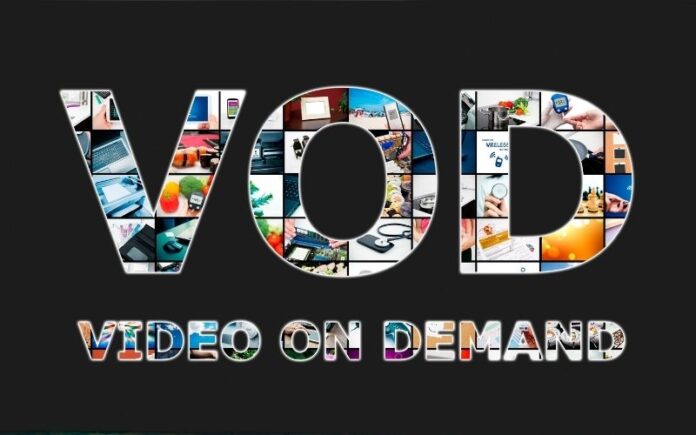
With Over-the-Top streaming services receiving an amazing boost in popularity during the pandemic, more and more attention is being paid to content monetization. People nowadays consume more digital content than ever before, viewing their favorite videos via popular live streaming services and using connected TV devices. There’s a wealth of options to choose from when it comes to accessing content for free or purchasing premium access. From the creator side, there are 3 main video monetization models to choose from for generating revenue on the content they offer:
– SVOD – Subscription Video on Demand
– AVOD – Advertising Video on Demand
– TVOD – Transactional Video on Demand
All of these models have their pros and cons, and today we will review in detail the SVOD model.
SVOD meaning and principles
What is SVOD? It is simply a kind of video distribution model that provides users with access to the content they want for a recurring fee. In other words, a viewer purchases a subscription under which they may access certain content for a certain period of time, e.g. for a week, a month, or a year. If you have ever used Netflix, you know what this is all about.
With the SVOD model, viewers can choose for how long they want to have access to the subscribed service. Devoted fans may opt to keep renewing month after month, while other viewers may just sign up for a single month and cancel. Regardless, subscriptions can provide content creators with a steady income, allowing them to maintain a high quality of video content. Of course, in order to keep viewers subscribed, creators who opt for an SVOD model need to consistently put out new content to ensure viewers are engaged. SVOD creators also benefit from creating strong communities, in order to give viewers a sense of belonging and ownership, further encouraging them to continue subscribing to the content.
What makes a good SVOD platform?
Though there are lots of popular SVOD platforms like Netflix, Amazon Prime Video, Hulu, etc., there is always the option of launching your own platform with videos on demand on a subscription basis.
What do you need to start offering content in an SVOD mode?
– exclusive content: if you want customers to pay you for the content you provide, make sure its quality is really high and that it can be found nowhere else
– business plan: it’s important to take into account all details – what’s the appropriate amount of content, what prices would satisfy both you and your subscribers?
– audience: in order to get the revenue you must understand what your target audience is and if it’s enough to recoup your expenses
– technology: such a platform should provide a sign-up option, an individual profile for every user, and, of course, a payment process for smooth and secure payments. Adding in community elements like a forum and comments can also help in maintaining a high subscription rate.
If you feel that the content you are going to offer will have enough subscribers and your platform development and maintenance will be cost-effective, you may try launching it. However, you can also try selling your content within one of the world-known platforms, e.g. Roku, Apple TV, or Amazon Fire.
The takeaways
The SVOD mode continues to be a popular monetization method for creators and remains one of the most beneficial models for the video business as a whole since video consumption trends are only increasing – especially in the circumstances of continuing quarantine and pandemic. Viewers want to access exclusive top-quality content to educate and entertain, and they are ready to pay for it. If your content is valuable and trendy, or even high-quality and niche, you might have a good shot at establishing a profitable business by offering your videos under subscription. The popularity of content on-demand will only grow, so this is an excellent opportunity to share your exclusive experiences and earn revenue.










